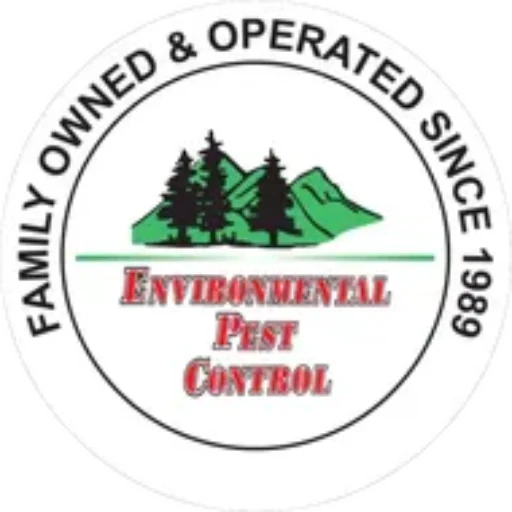stinging INSECT CONTROL IN Whatcom and skagit counties
Serving Bellingham, Mount Vernon and Anacortes, WA
STINGING INSECTS
WASPS, HORNETS & YELLOW JACKETS
Social Wasp (yellow Jackets, Bald Faced Hornets, Paper Wasp) Social wasp have the typical wasp body type that features a very distinct head with the chewing mouthparts, short-elbowed antennae, and large compound eyes. Paper wasp are colored yellow, black, brown, and red, depending on the species, with 1/4"4" long slender bodies. They build paper nest of a single comb no paper covering. Yellow Jackets usually are marked with bright yellow and black pattern. They appear to be hairless and are about 3/8"-5/8" long. Bald Faced Hornet is similar in appearance to the yellow jacket except that it is black and white in color and S/8"-3/4" long. Yellow Jackets and Hornets build their paper nest in stacks which are surrounded by a paper envelope. Yellow Jackets usually build their nest below ground and in other protected locations. Bald Faced Hornets build their nest in trees and on the sides of buildings. Social wasp contains three individuals, or castes: Queens, workers, and males. Fertilized Queen will overwinter in a protected area until spring. In the spring the queen emerges and builds a new nest. In about 30 days the first workers emerge. By summer there is a great increase in the number of workers and the nest expands rapidly. By late summer the worker populations are at their peak and the workers become pestiferous; the production of the new queens and males begin. In early fall, the new queens and males emerge. The colony starts to decline. The new males and queens mate, the males die and the fertilized queens seek sheltered places to overwinter. The nest is gradually deserted and the nest will disintegrate with the onset of cold, wet weather. (If nest survives the winter it will not be reused.) The cycle repeats the following year.
Contact us today for prompt, effective stinging insect control.
BUMBLE BEES
The Bumble Bee is a big hairy black and yellow bee. Their size ranges from %"-1 /2" in length. There are over 200 types of Bumble Bees in the world. Bumble Bee nest are typically in the ground. Fertilized Queen bees come out of hibernation in the spring and start a new colony in a new location. The first batch of larvae is daughter which are workers, they will immediately start working on building the colony. The queen will continue to lay eggs for the rest of the summer. Towards the end of the summer the queens will start to produce drones and young queens. The young Queens are fertilized by the Drones, then fly off to hibernate. The colony's remaining drones and workers stay in the colony and die during the winter season.
Bumble Bees are very important, beneficial insects for pollinating, and should be left alone unless they are a danger to people or pets.
